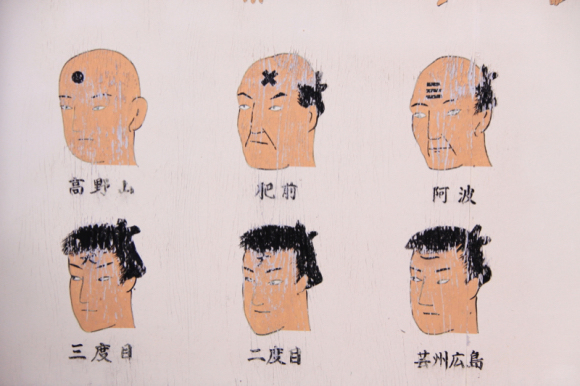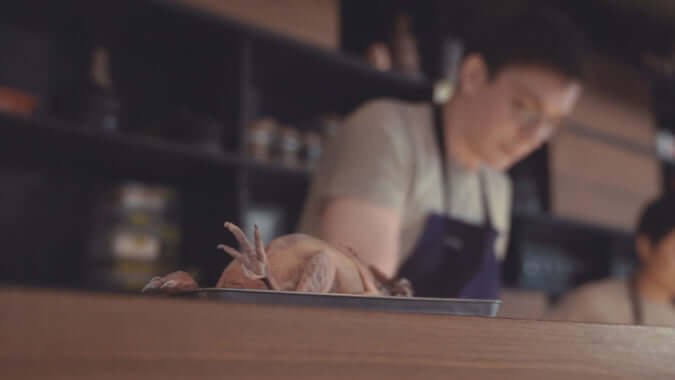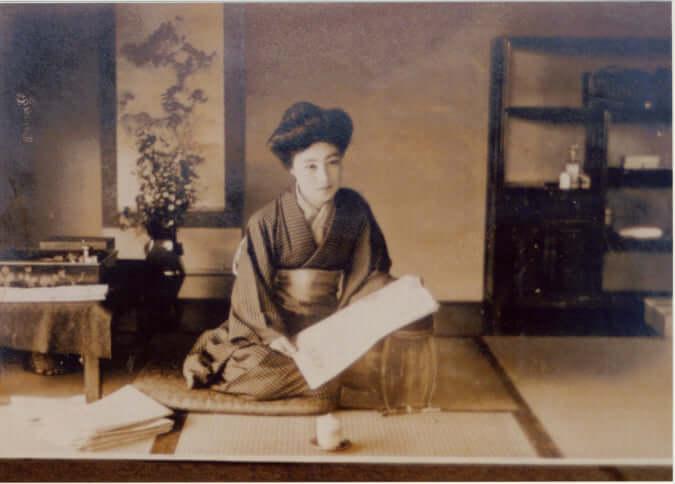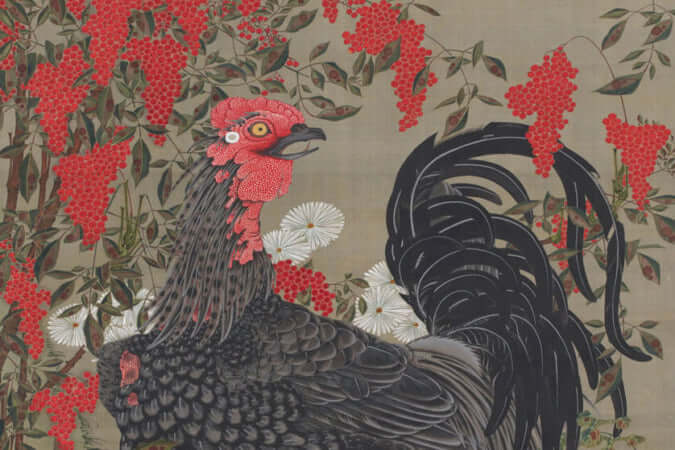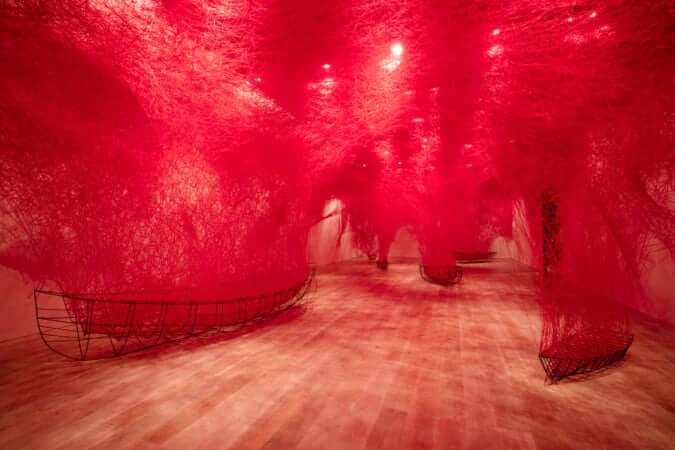Kintsugi: Enhancing Broken Objects with Gold
Breathing new life into broken objects by filling the cracks with golden seams is the principle of the Japanese art of kintsugi.
View this post on Instagram
Rather than seeking to hide the scars, kintsugi magnifies the damaged parts of broken objects, reassembling them with a lacquered resin made of gold powder. The result is asymmetrical and complex pieces, streaked with zigzags, the golden trails of which over the ceramic are the work of chance. The unique character of each repaired object lends it a new value, sometimes even greater than the value it held in its original state. Art critic Blake Gopnik, writing in the Washington Post, compares the poetry of this practice to ‘a tiny moment of free jazz played during a fugue by Bach’.
A new lease of life through social media
Legend has it that kintsugi was invented at the end of the 15th century to satisfy the whims of the shogun Ashikaga Yoshimasa (the highest distinction of executive power at the time). Having received a broken tea bowl from China, he sent it back to be repaired, but upon its return he was horrified to find the object had been crudely put back together with metal staples. The shogun enlisted the best artisans in the country to develop a new technique that was both aesthetically pleasing and loyal to the original object.
This restoration method has received a new lease of life thanks to numerous tutorials posted on social media, and the internet’s predilection for DIY techniques. This success might also be explained by the popularity of the wabi-sabi school of thought which is becoming increasingly widespread and which involves celebrating the imperfections in the objects that surround us, and thus recognising them for their beauty.
View this post on Instagram
View this post on Instagram
TRENDING
-
The Tattoos that Marked the Criminals of the Edo Period
Traditional tattoos were strong signifiers; murderers had head tattoos, while theft might result in an arm tattoo.

-
Paris, Tokyo: Robert Compagnon
With his co-chef and talented wife, Jessica Yang, Robert Compagnon opened one of the top new restaurants in Paris: Le Rigmarole.
 3:31
3:31 -
The Story of Sada Yacco, the Geisha who Bewitched Europe
Described by Dazed magazine as the first beauty influencer, she has been restored to her former glory since 2019.

-
Ito Jakuchu's Naturalist Paintings
From 15 September until 14 October 2018, the Petit Palais showcased the artist's iconic ‘Images of the Colourful Realm of Living Beings’.

-
Chiharu Shiota, Red Threads of the Soul
Last year, more than 660,000 people visited the retrospective 'Chiharu Shiota: The Soul Trembles' exhibit at the Mori Art Museum.

